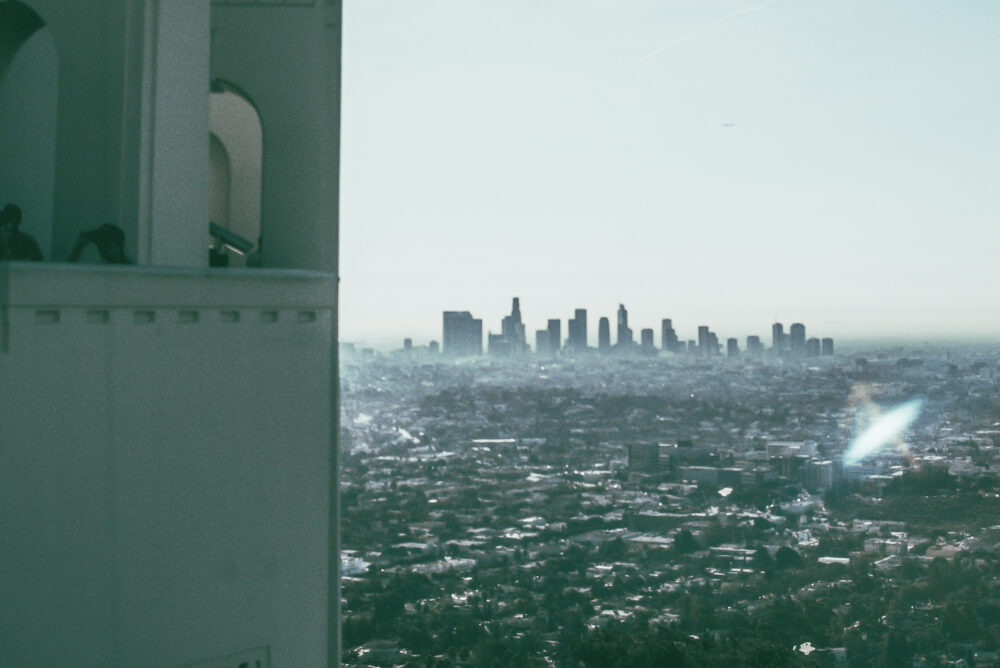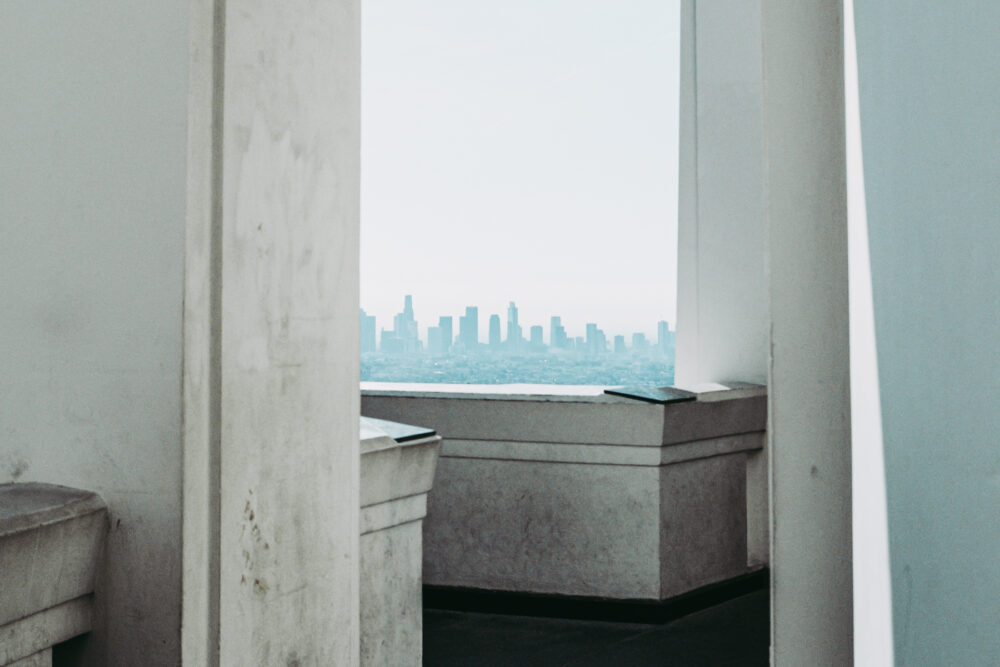
By Katy Nguyen
For decades, upper-class and wealthy people settle into larger cities, such as Los Angeles and New York, resulting in the gentrification of the area. In the recent months amid the COVID-19 pandemic, many of these affluent groups have been moving out of the cities they gentrified.
Gentrification is an influx of more wealthy residents moving into a neighborhood and remodeling the area to be more modern and suited for middle to upper-class tastes, leading to an increase in rent and housing costs. This process affects the existing populations of the cities, especially poorer residents, the elderly and minorities, because it pushes them to the outskirts of cities as they struggle to pay rising living expenses.
Many major cities in California are experiencing a growing housing crisis as the cost of living is becoming too expensive due to gentrification and a widening gap of economic inequality.
In Los Angeles, there have been over 80 gentrified census tracts from 2000 to 2015, and in San Francisco, 62% of low-income households live in neighborhoods that are at risk of displacement or have already experienced displacement since 2015.
In recent months, these dense and gentrified areas have become a hotspot for COVID-19. The virus has led to the closure of businesses, causing many people to lose their jobs or be laid off. Over 59,749 workers experienced permanent job losses in California as of September. As a result, tenants in these major cities are facing evictions while property owners foreclosure.
On Aug. 31, Gov. Gavin Newsom signed statewide protection legislation for tenants and landlords.
“California is stepping up to protect those most at-risk because of COVID-related nonpayment, but it’s just a bridge to a more permanent solution once the federal government finally recognizes its role in stabilizing the housing market,” Newsom said.
Even with the legislation, the already high cost of living still puts residents in these areas into more difficult situations. The wealthy are able to move out of these COVID-19 hotspots while others are forced to stay with no vacation home to escape to.

This change in migration within the upper class to suburban neighborhoods is called reverse gentrification or filtering. A shift in migration like this leaves behind vacancies that low-income residents and homeless people are unable to afford to live in.
“We need a real, federal commitment of significant new funding to assist struggling tenants and homeowners in California and across the nation,” Newsom said.





